|
One of the biggest challenges most people face when making a change is the time an energy to do it. With easy swaps, and a little creativity, you can incorporate them into what you are already doing everyday and make a difference for our planet. We pulled together 10 actions that don't require lots of time or planning that you can take this month leading up to Earth Day. We even added some BUSY PERSON HACKS for anyone who feels short on time and energy. 10 Easy Actions for Earth Month 2022 |
Recent PostsCategories
All
Archives
June 2024
|
Copyright © 2024 - Hero Management, Inc

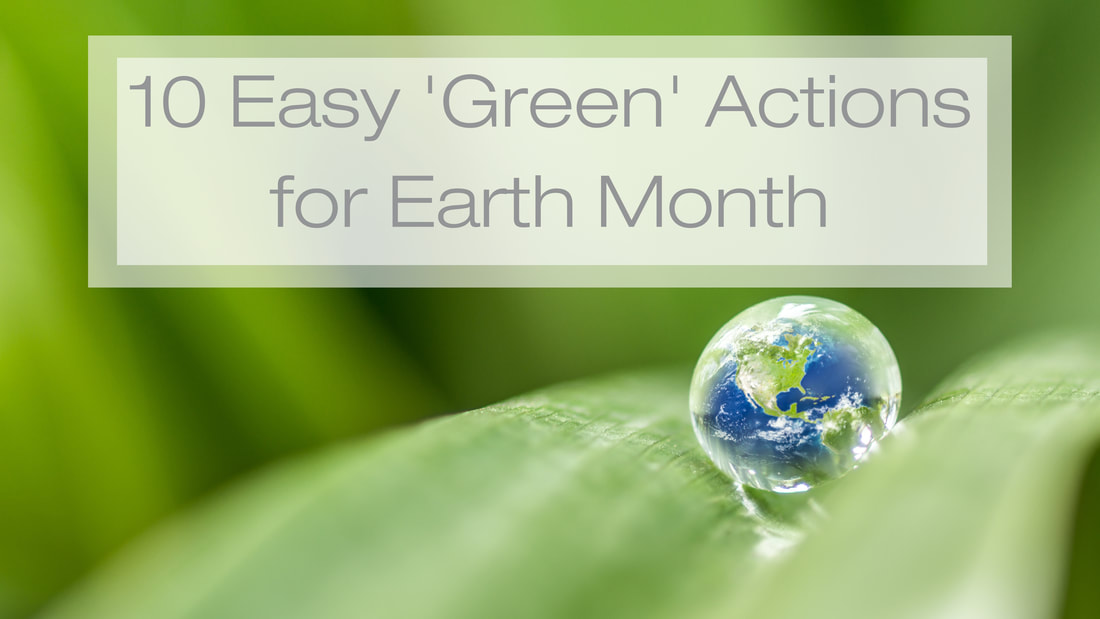
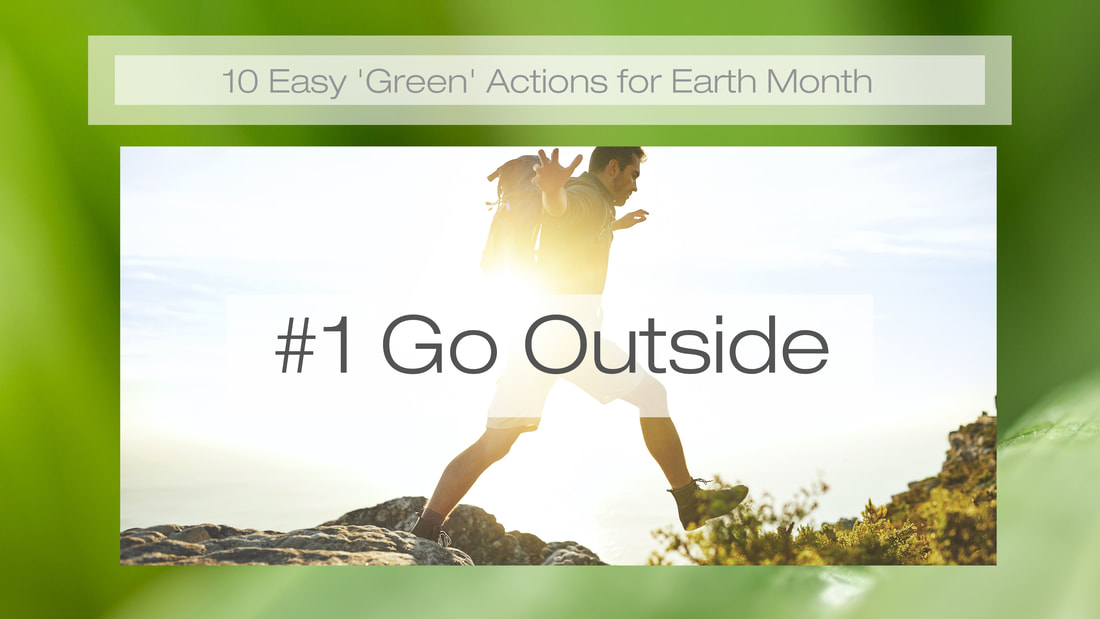
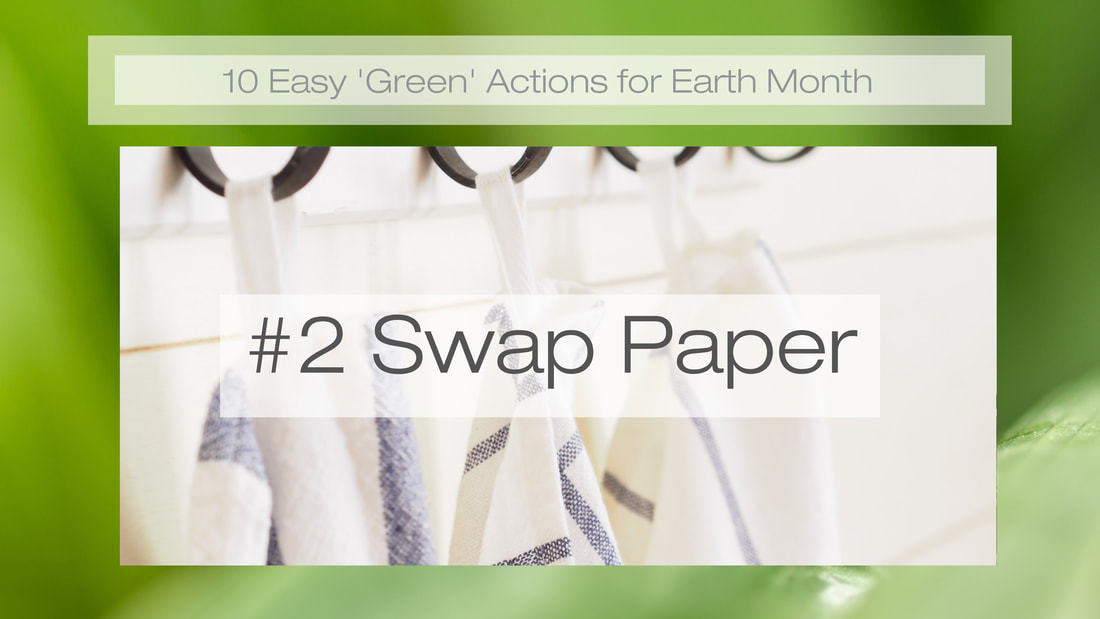
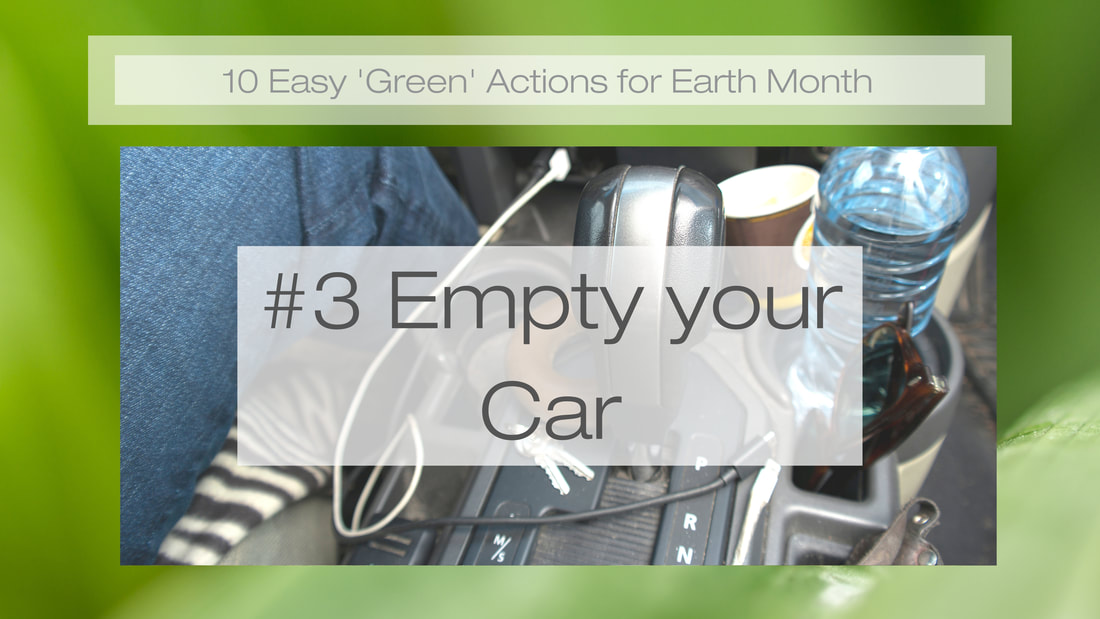
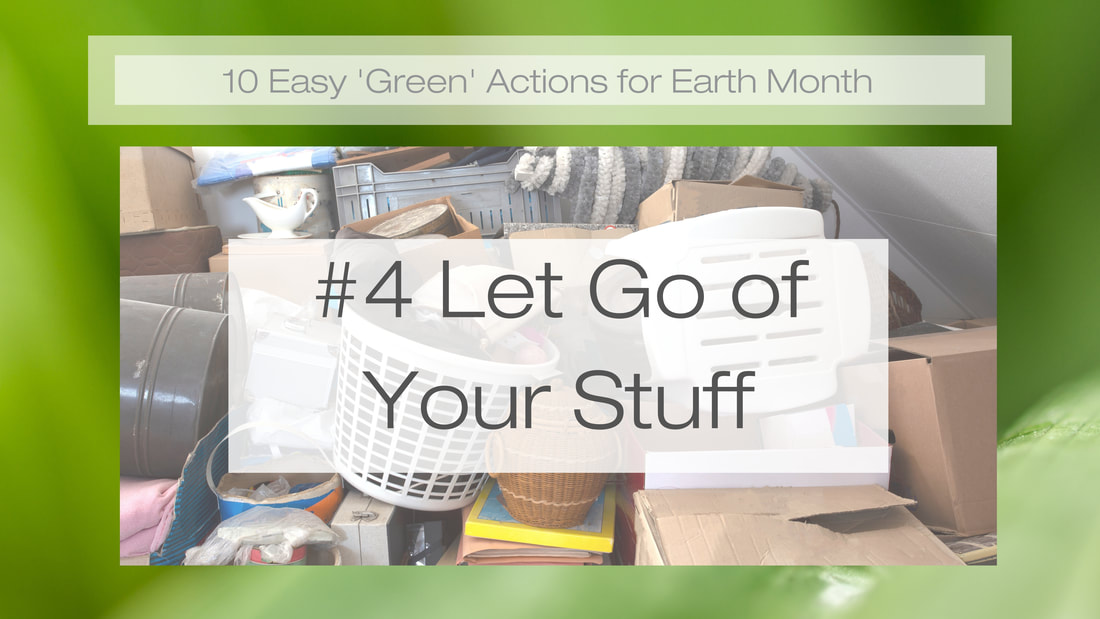
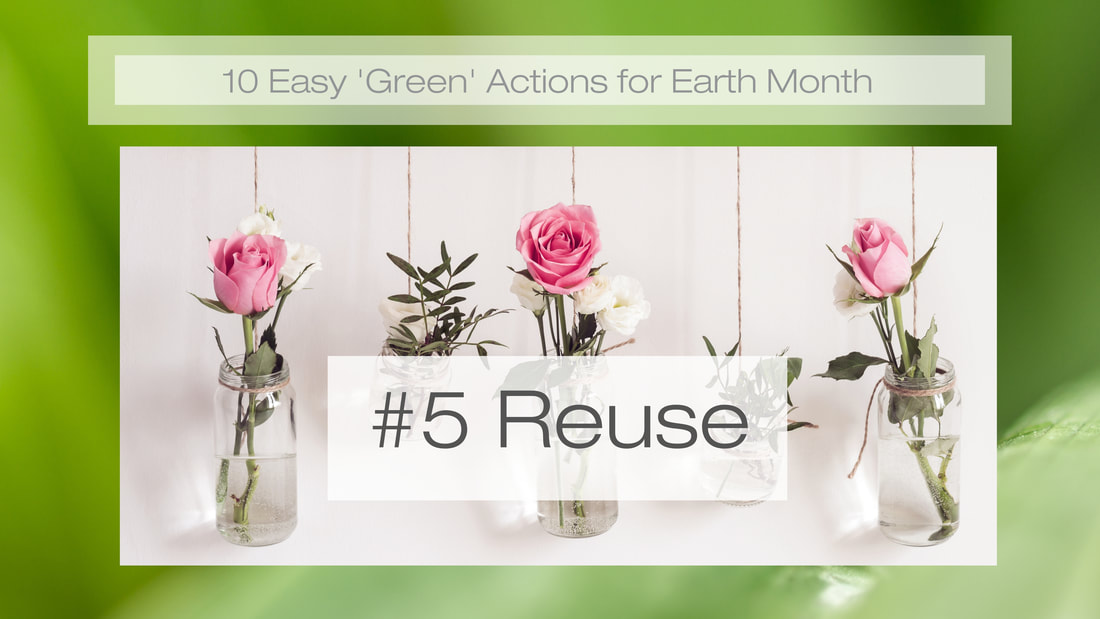
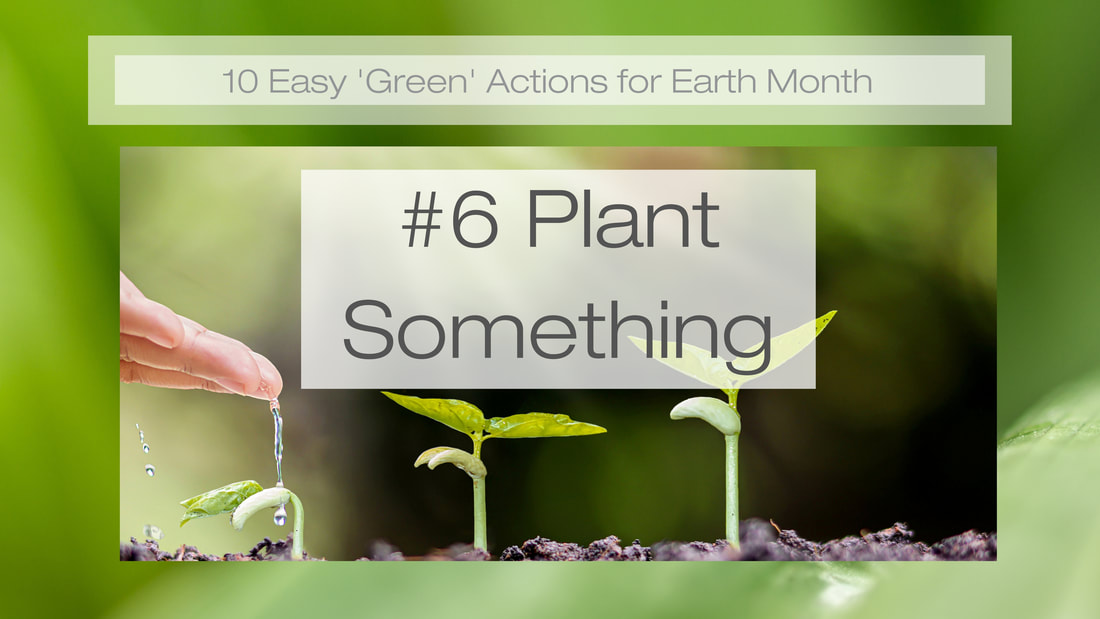
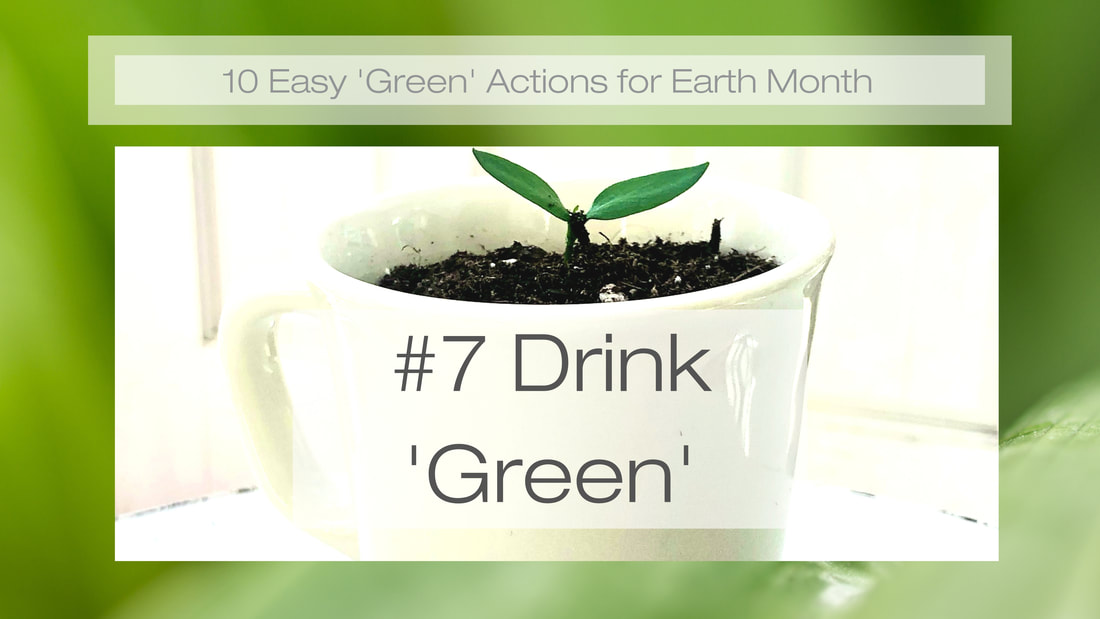
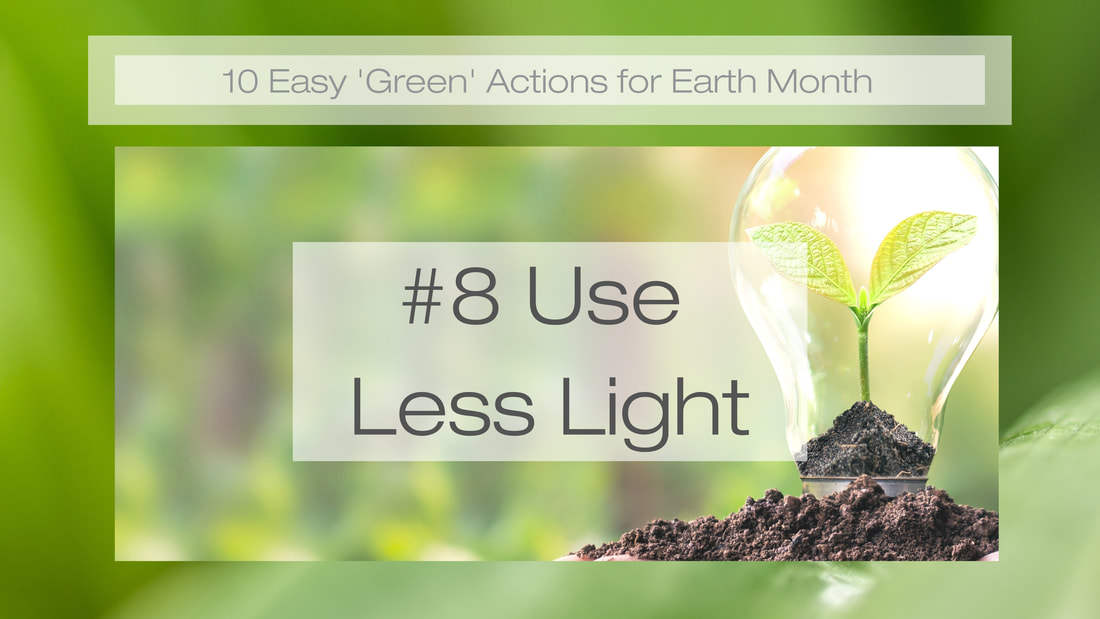
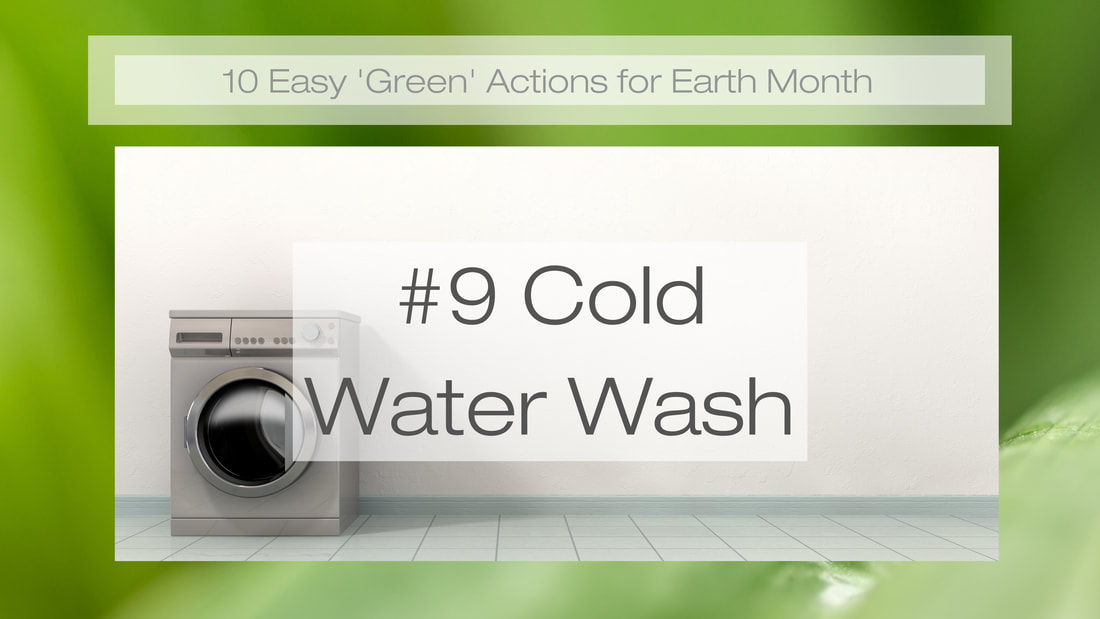
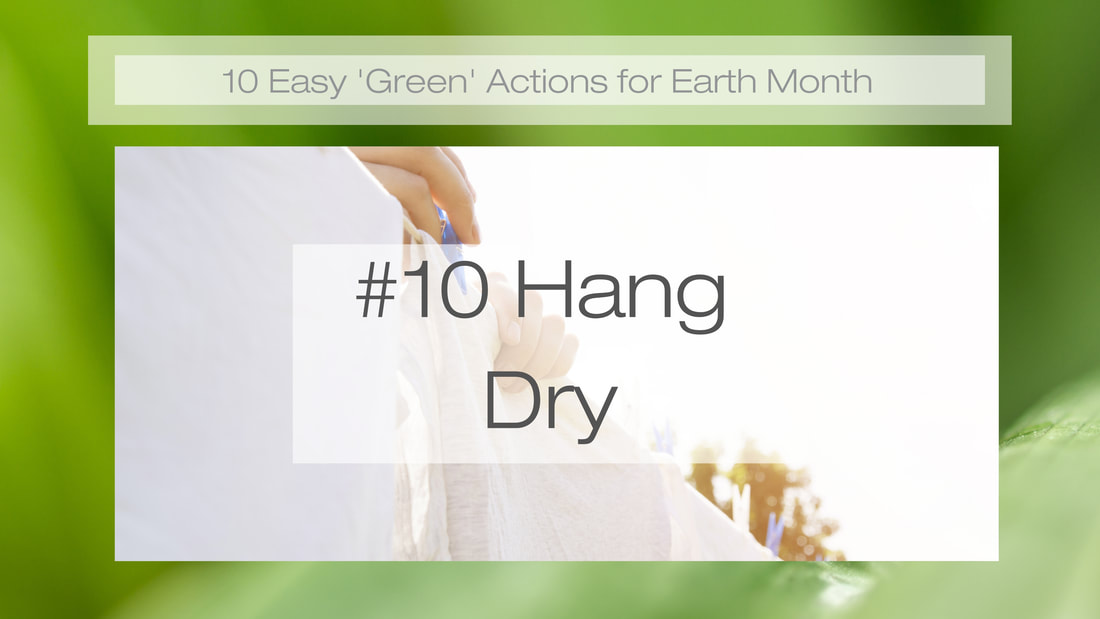

 RSS Feed
RSS Feed